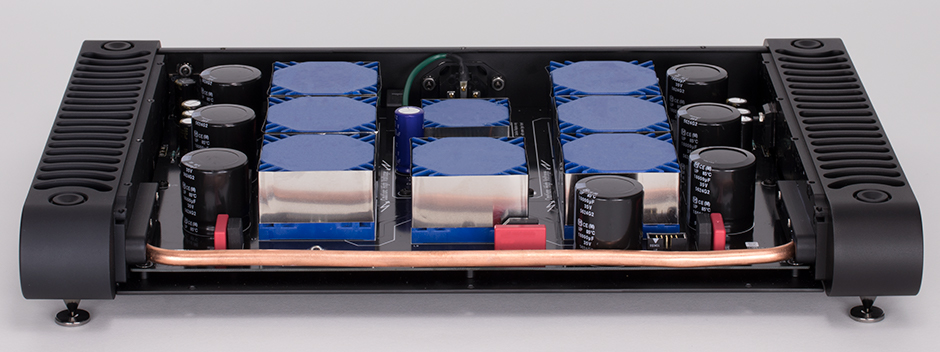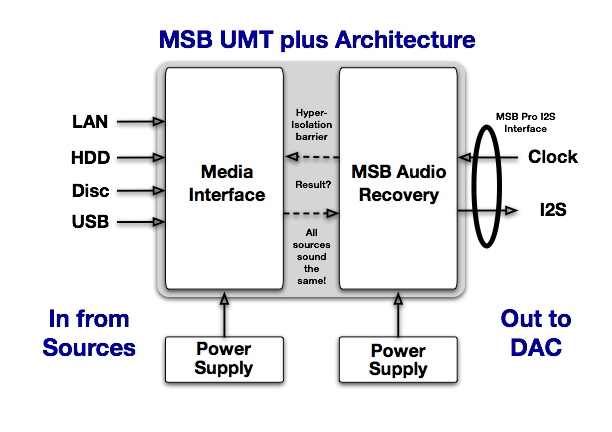The Universal Media Transport
One transport. Every function. The highest standards.
Discontinued. Upgrades and Accessories still Available.
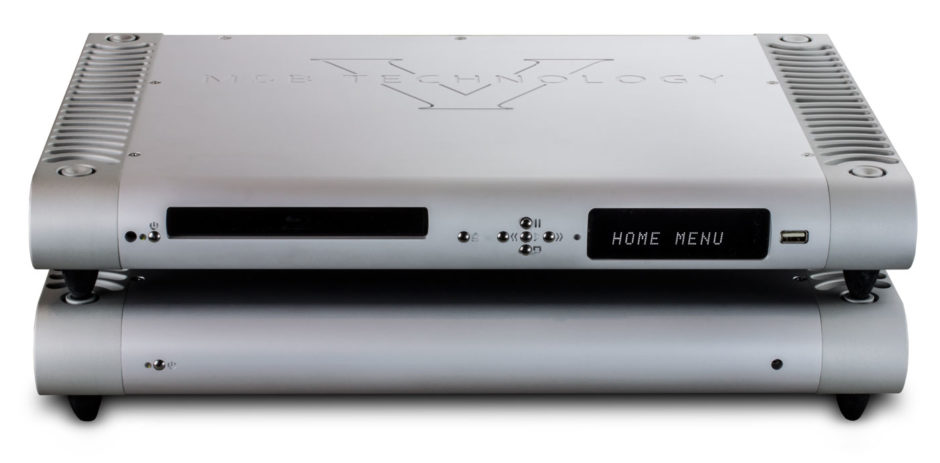
MSB Technology Leadership
For nearly thirty years, MSB has been an industry leader in playback technologies. It began in the 1980s, when we produced the first high-end CD player using our renowned Ladder DAC technology. Naturally, our desire to innovate didn’t stop there; the 90s saw the introduction of the AC3 player and the first THX-approved laser disc player. Over the next ten years, we continued to push the limitations of the tech we were working with, using our XPORT upgrade to give access to SACD and high-resolution music. We also launched our groundbreaking iLink digital iPod system, creating a fully functional ecosystem centered around the pleasure of music.
But in 2010, we changed the game again. With the MSB Universal Media Transport, we introduced one of our most revolutionary products yet, the first truly universal player that outputted all formats in their native resolution—including SACD. It was a landmark moment, as perfected, jitter-free digital audio data was sent from its solid-state memory to any Digital-To-Analog Converter (DAC).
Today, we have the UMT V. It comes chock-full of features, with separate external power supplies for audio and video, an internal clock header for low-jitter playback with other DACs, and the MSB I2S interface that allows the UMT V to operate as a slave to the low-jitter clock within the MSB DAC. It doesn’t stop there: the UMT V comes equipped with our most advanced clock management technology, allowing clocks to be input or output, allowing multichannel decoding of all formats and low latency operation in all modes.
How did we do it?
We started with the very best in disc-reading technology—the OPPO BDP-103, a state-of-the-art player loaded with intuitive features and a dynamic range of media. By grounding our vision in such robust and versatile tech, we were able to push the benchmark in media transport performance.
The Drive – MSB makes use of the OPPO Blu Ray drive without modification. Because drives are mechanical and will fail in time, using a stock OPPO drive makes replacement quick, easy and inexpensive. As a result, the keystone of your system won’t be put out of commission for lack of a replacement drive.
The Video – Video has become synonymous with formats, decoding, and security. Even for a two-channel audio system, video is required to browse music files and select formats, allowing you to have a fully integrated experience. To meet the continual demands of a fluctuating market, OPPO keeps the media transport simple yet flexible—they incorporate regular firmware updates that keeps your device safe and ahead of the curve.
The Audio –This is where the magic happens. We start out processing the raw audio and storing it in memory. While some formats require processor-intensive decimation, other simply need to be read bit-perfect. Once we store the musical data, it’s played back via two paths. First is S/PDIF digital outputs—as PCM is limited to 24 bits, our outputs are more robust, allowing us to process material exceeding 24 bits. Because we ensure our four digital outputs can accommodate any connector type, these PCM outputs can be attached to any DAC, allowing for maximum versatility. Alternatively, full resolution jitter-free outputs are provided via the MSB Pro I2S format, the proprietary MSB connection method between all our products. This output can be connected to any MSB DAC with perfect timing, no noisy ground connection and extremely low jitter. Similar to our iLink transport technology, there is no connection between the input and the output of the transport. But unlike a traditional CD transport, you’re never listening directly to the data from the optical disc. Instead the data is pulled from the media source, stored, rebuilt and clocked back out using a highly stable clock.

The Clock and Jitter – When it comes to audio quality, it’s all about the key to good sound—the elimination of jitter. Because the UMT is highly versatile, clock jitter can be approached two ways with our product. If you’re using our own DAC, the transport comes equipped with the I2S interface, providing high speed and high resolution digital data transfer with no ground connection, all the while staying in sync with your DAC. The other option concerns other DACs not made by us; in these instances, the transport output system works as the jitter clock. To provide the lowest jitter output across all platforms, our own low-jitter clocks can be installed in any other DAC not made by MSB, allowing for a versatile and fully-integrated experience unlike any other.
DSD Playback – The UMT V offers you the finest SACD playback. When an SACD is played, native DSD will be output on the digital outputs. This DSD stream can be connected to a DSD ready DAC like any MSB DAC. If you do not have a DSD ready DAC, a menu change will allow SACD to be output as PCM.
The Power Supply – The UMT V uses an external DC power supply, insulating it from the jitter clocks and the timing of the audio transport. Thanks to efficient filtration systems and a primary and secondary power supply, we’re able to achieve ultra-clean power, ensuring your audio ecosystem runs as it should.

The Package – As usual with MSB products, it is simple to use, without unnecessarily fancy menus and gimmicky features and provides solid accurate playback in a great looking package. The Platinum Family design is simple and elegant. It has much needed integral heat sinks – video processing is a hot business. It also utilizes our amazing isorack feet which provide fantastic mechanical damping and vibration control.
The Results
The results are remarkable. Based on comparisons with any standard technology SACD, high-res music or computer-based system, the Universal Media Transport V produces exponentially better sound quality for any listener on any system. This transport unlocks all the musical magic stored on your media sources that was otherwise hidden from you—up until now.
In short, the MSB Universal Media Transport V is a unique integration of the best the industry has to offer. Due to its insistence on innovation, the UMT V can reach a wide range of media sources, with all digital output at full resolution—no other transport in the world can attest to this.
Versatility at its Finest
USB Memory Stick: Music files in almost any format can be played bit-perfect directly from a USB memory device.
External HDD: Music files up to 192 kHz in almost any format can be played bit-perfect directly from an external hard drive.
Network Streamer: Music files up to 192 kHz in almost any format can be played bit-perfect directly from any computer on your network. This is a powerful way to access music bit-perfect without having to worry about operating systems, applications or system settings.
Discs: SACD, DVD Audio, CD, Data Files on DVD or Blu-ray. All will play on this universal player. Two channel or multi-channel discs are also available. Dolby Digital HD and DTS HD Music discs will play as well as all the movie formats.
Multi-channel and Play Modes
At eight channels, this transport contains our most intensive processing power and highest quality sound on the front two channels, while still ensuring all eight channels are available on the digital outputs at incredible resolutions.
There are no lip sync issues with the V. In every case, the UMT is in sync with the DAC or digital outputs, keeping latency low, without compromising sound quality. A menu adjustment allows variations in displays. For users with a home theater system with a dedicated audio ecosystem, standard digital surround sound outputs are also provided.
What kind of media can be played?
 |
 |
 |
 |
 |
 |
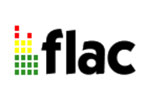 |
 |
 |
 |
 |
|
 |
 |
 |
 |
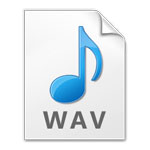 |
 |
 |
 |
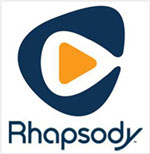 |
 |
|
Network Streaming
Believe it or not, using a computer to play music impedes the listener’s ability to experience top-notch audio. It comes down to the software itself; the components to the operating system, as well as the applications they employ, automatically determine how audio files will be played. They adjust levels, give the user a soft start and stop, equalize and resample the audio to another sample rate, compromising audio quality in the process.
At MSB, we’ve seen many “high-end” music serving systems on the market. In every case, the systems weren’t bit-perfect, and weren’t doing what the user thought they were doing—all because of these automatic updates.
The solution to this problem is Network Streaming. For those unfamiliar to products like the Logitech Squeezebox, it was the first in a class of products that communicated with computers and played their music files in accordance with how the streamer itself was set up—not how the host computer was.
You can see the advantages immediately.
—All music will be played bit-perfect. Every time.
—You will never outgrow the storage space of the streamer. More computers and more drives can be added anytime.
—The quality of the music played is not dependent on the quality of the source computer.
—Computers can be added to your network and removed anytime without affecting your ability to listen.
—Music can be stored on Apple and PC computers without issue.
—You don’t need a computer in your listening room; it can be streamed from anywhere.
—A network streamer is much easier to set up than a music server.
—The nitty-gritty: As a digital media player (DMP): the player can actively search, access and pull content from local media servers which is functionally equivalent to DLNA or SMB/CIFS (a network file sharing protocol) client. As a digital media renderer (DMR): the player plays content received (‘pushed’) from a digital media controller (DMC). A DMC-capable media server is required. As a SMB/CIFS client: the player can directly access files shared through SMB/CIFS clients over the network, as if accessing an external USB hard drive. Most computers, especially those installed with Windows, already have an SMB client embedded. USB drives can be formatted with the FAT (File Allocation Table), FAT32 or NTFS (New Technology File System) file system.
About the Outputs
This transport was designed for optimum performance using the MSB PRO I2S connection to any MSB DAC. The 32-bit MSB PRO I2S interface is most compatible with an MSB DAC, primarily because high-resolution sources (such as SACD) will take advantage of the full 32-bit capability of the network.
The S/PDIF digital outputs are also optimized for use with other DACs. They are directly driven from the internal femtosecond clock for the lowest possible jitter.
About the Clock Link
This transport has a 512 x clock link. For those looking for versatility, it can be attached to an external clock. Our advanced management system will use this clock when the frequency is correct for the media being played, or it can revert to the internal clock when incompatible. For example, if the external clock is supplied for CD playback, it will use that clock, but when a DVD is played, the internal clock will be used with no switching. In the same way, the internal clock is output on the clock link and can be used to sync your DAC with the low-jitter clock in the UMT. All this is done via the MSB I2S connection when MSB DACs are used.

About the OPPO
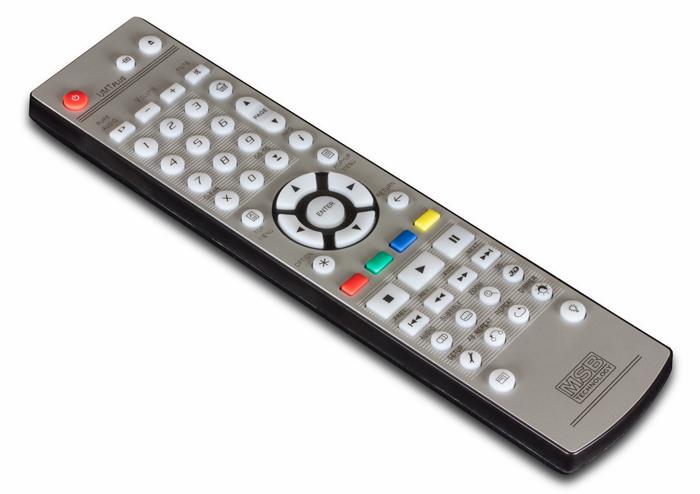
There is no point in reinventing the wheel. The design team at OPPO did an amazing job bringing a truly universal player to market with remarkable video. The BDP-103 incorporates Marvell’s Kyoto-G2H video processor with the latest generation Qdeo technology. We left this part of the technology alone (as OPPO releases firmware upgrades, you will be able to take advantage of them immediately). So we use the OPPO drive and video processing board modified only to produce cleaner power, better vibration control and more efficient thermal management. Additionally, we provided a new power supply as well as all audio processing.
The Signature UMT V
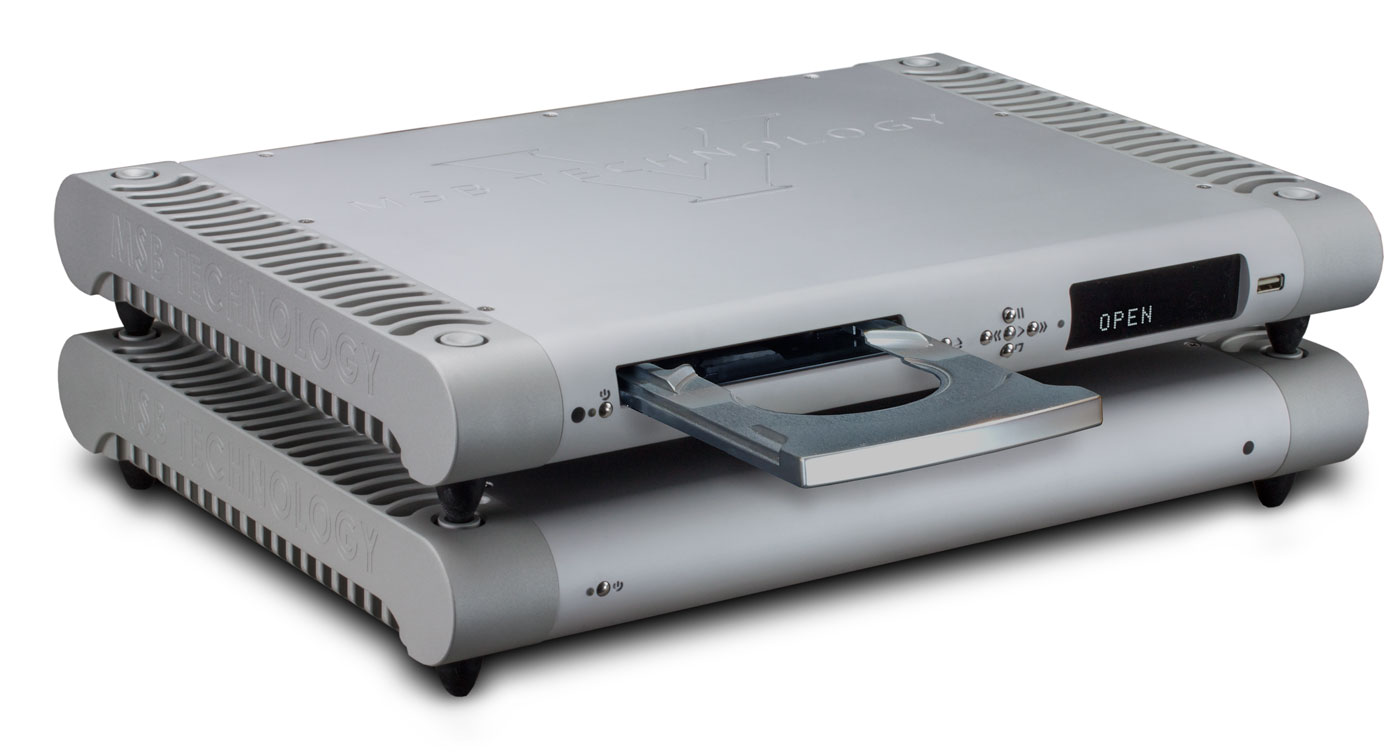
Machined Aluminum CD Tray
For those who have an eye for design ethos, the Signature upgrades most notable feature is a polished aluminum CD tray. Machined in-house by MSB from a solid billet aluminum, we have achieved impressive performance with a robust visual aesthetic.
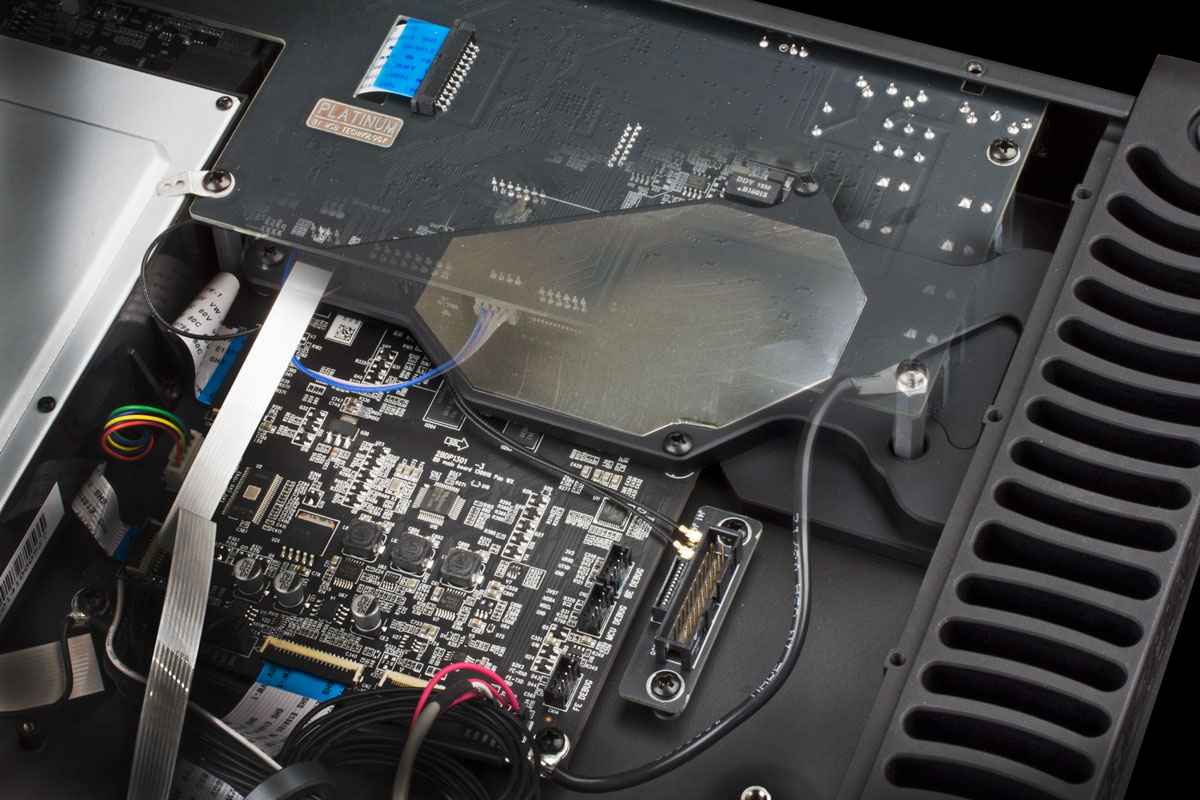
Improved shielding and isolation
The Signature Universal Media Transport uses a unique double isolation. Not only are audio and video power supplies isolated, but the audio and video processing is layered with electrical and magnetic isolation. What emerges is a high-resolution audio system that runs smooth and quiet.
The Darbee Effect

“It’s like lifting a veil.” Darbee’s Visual Presence technology establishes a fundamental breakthrough for image realism. By embedding stereoscopic depth information generated from a patented human-vision-based model into 2D or 3D video, it provides greater clarity and increases the perception of depth, resulting in a more dynamic, life-like experience. The amount of processing is adjustable, allowing you to customize the visual enhancement to your taste.

Manufactured in California
MSB’s product philosophy is simple: we design and manufacture all of our products in California with locally sourced materials and labor. Our facilities include a complete CNC machine shop, SMT line for PCB’s, and a full in-house production department. With vertical integration in these areas, we are able to optimize mechanical and electrical designs to best benefit our designs, manufacturing, and audio quality. By controlling all aspects of manufacturing power, we’re able to acutely control product quality. Every aspect of materials, components, and finish quality has to pass MSB’s rigorous inspection process, culminating in a product unlike any other.
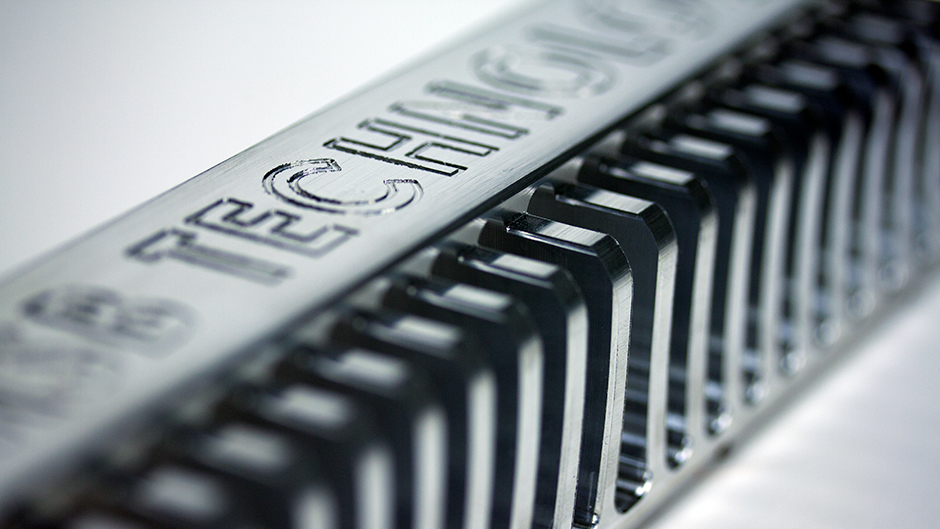
Anodized Finishes
Available in matte silver and matte black.


Desktop Supplies
The Universal Media Transport V can operate with either one or two outboard 12V power supplies. The minimum power supply required to operate the Transport is a single desktop supply (below). The required supply is also included in any of the DAC V Power Bases, allowing the transport and DAC to be powered by the same base.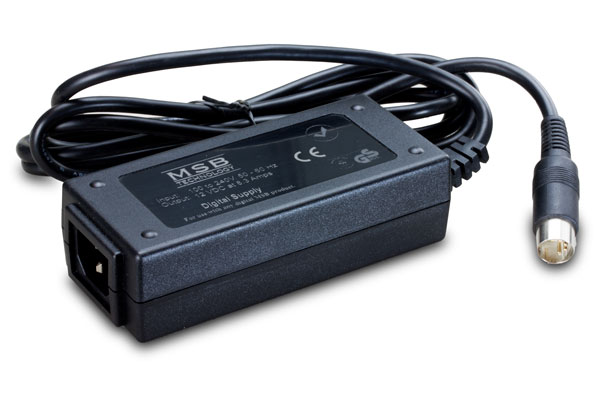
Single Signature Transport Powerbase
This power base has a single 12V output. Paired with the audio supply, this will add a significant improvement to the listening playback of the UMT. The second supply can be connected with a desktop supply or DAC V power base digital supply.
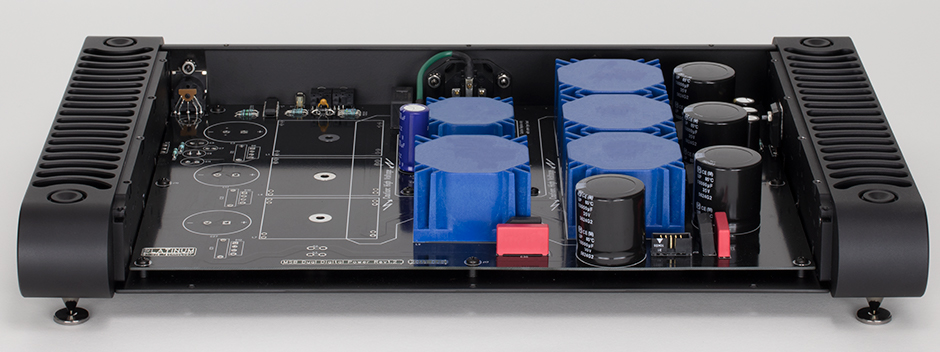
Dual Signature Transport Powerbase (recommended)
This power base has two 12V outputs. One paired with the audio supply and one with the video, this is a recommended configuration for the UMT V. The dual linear supplies is a vast step up from the standard switching power supplies.

Single Diamond Transport Powerbase
This power base has a single 12V output. Using two of these supplies for a UMT is the ultimate power supply set up. One paired with the audio supply and the other with the video, this is for only the best setups. Each power supply includes 8 transformers and an improved power regulator. Transformer shielding is included on each transformer and on the cover.
